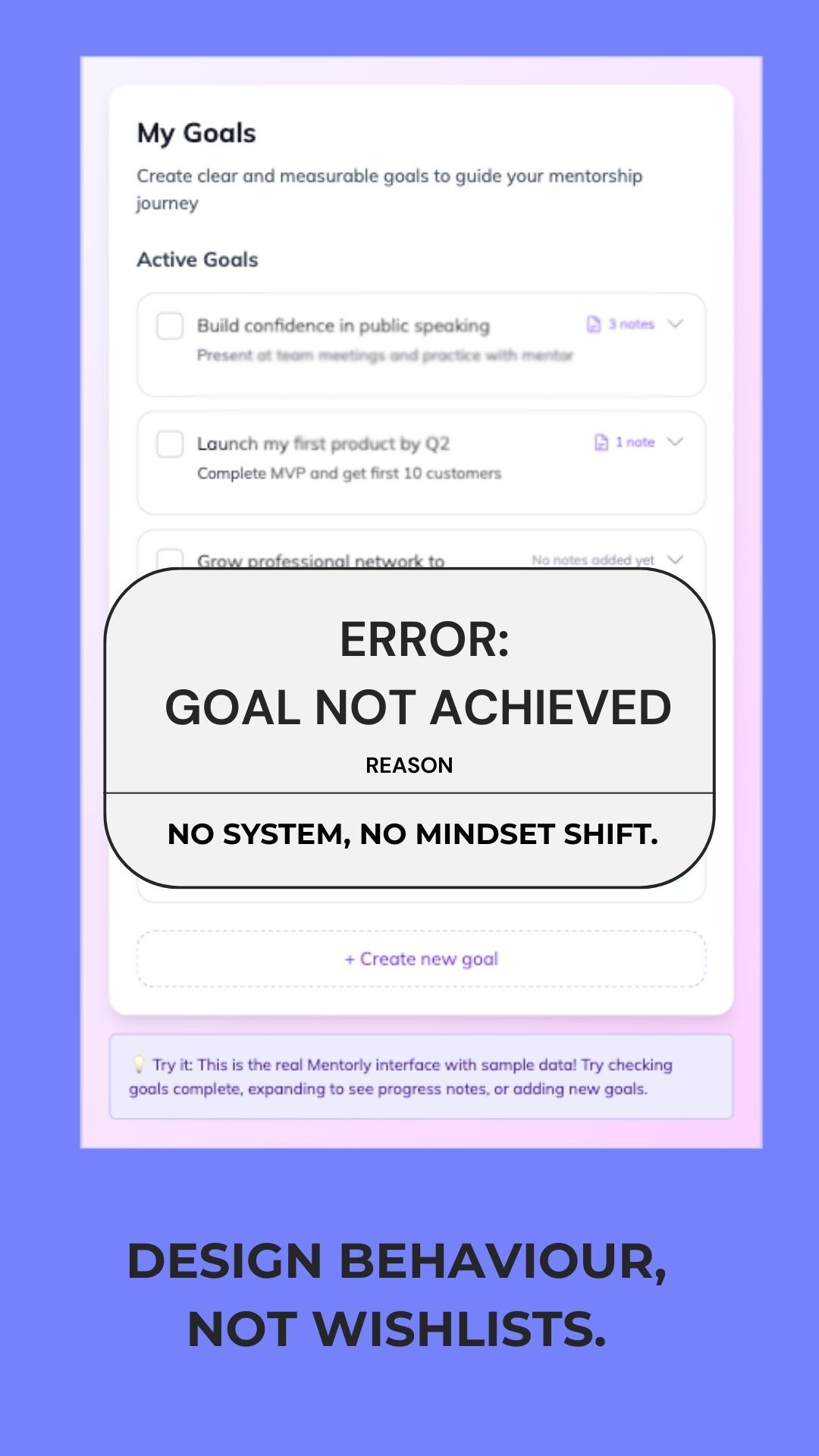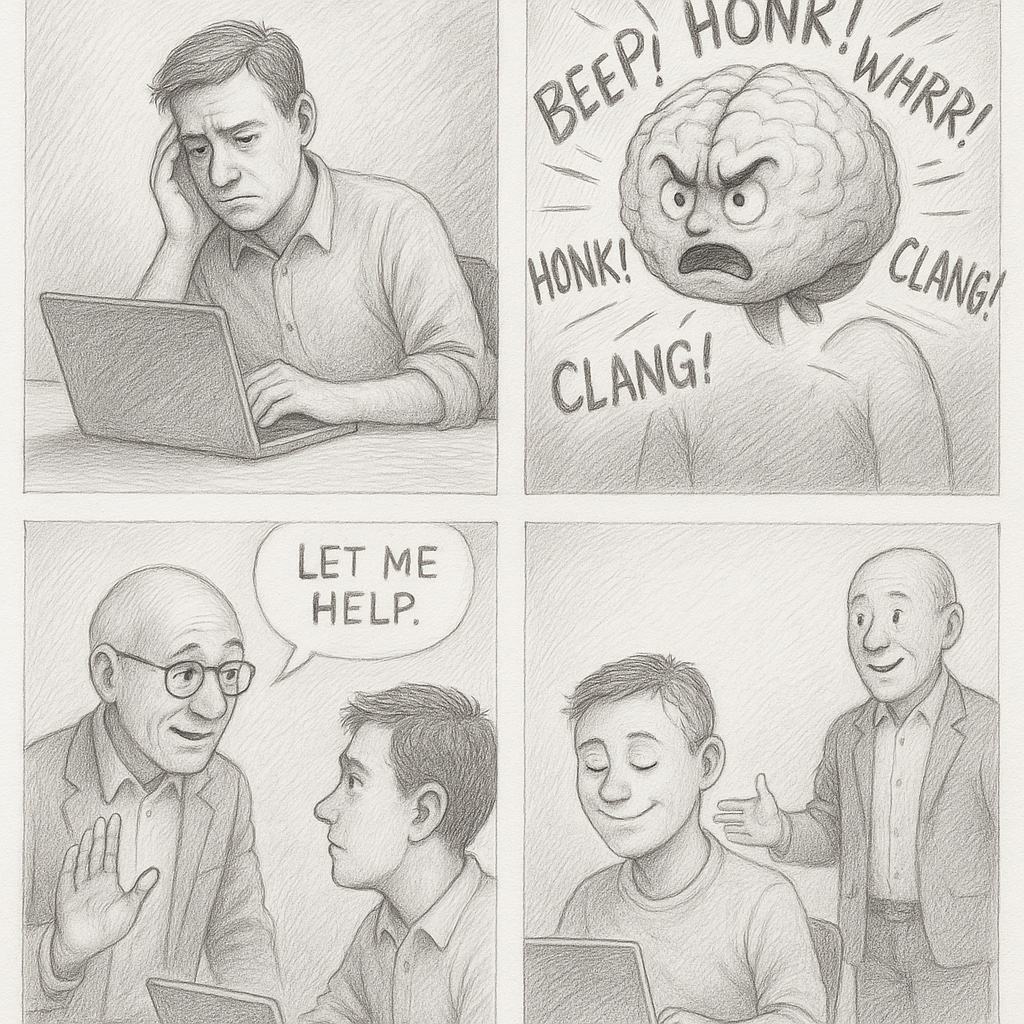Employee Engagement Crisis: Why Traditional Strategies Are Failing and What Actually Works in 2025
For the first time in over a decade, employee engagement is declining. Despite billions invested in engagement initiatives, only 32% of employees report being truly engaged at work.
Draft Article
This is a draft version of this blog post and has not been published yet. Content may be incomplete or subject to changes.
For the first time in over a decade, employee engagement is declining. Despite billions invested in engagement initiatives, ping-pong tables, and workplace wellness programs, only 32% of employees report being truly engaged at work. The disconnect between engagement spending and results signals a fundamental problem: we're using outdated strategies to solve modern workplace challenges.
The Engagement Reality Check
Traditional engagement surveys reveal troubling trends. Employees report feeling disconnected from purpose, overwhelmed by competing priorities, and skeptical about their organization's commitment to their growth. The surface-level perks that once boosted engagement scores now feel hollow in the face of deeper workplace dysfunction.
The problem isn't that employees have become more demanding—it's that the nature of work has fundamentally changed while our engagement strategies haven't evolved. Remote and hybrid work, economic uncertainty, generational differences, and rapid technological change have created new engagement challenges that require fresh approaches.
Why Traditional Strategies Fall Short
The Perks Trap
Free snacks and casual Fridays address symptoms rather than root causes of disengagement. While these perks might create momentary satisfaction, they don't address the fundamental issues that drive long-term engagement: meaningful work, growth opportunities, psychological safety, and effective leadership.
One-Size-Fits-All Thinking
Traditional engagement programs assume all employees are motivated by the same factors. In reality, engagement drivers vary significantly across generations, roles, career stages, and personal circumstances. A recent graduate values different things than a mid-career professional or someone nearing retirement.
Annual Survey Limitations
The annual engagement survey model provides a snapshot but fails to capture the dynamic nature of engagement. By the time results are analyzed and action plans developed, the issues that drove disengagement may have evolved or worsened.
Data-Driven Engagement Strategies That Work
Real-Time Engagement Monitoring
Implement pulse surveys, sentiment analysis tools, and behavioral indicators that provide ongoing insights into engagement levels. Monitor metrics like participation in voluntary initiatives, internal mobility applications, and collaboration patterns to identify engagement trends before they become problems.
Key insight: Engagement fluctuates based on workload, team dynamics, leadership changes, and external factors. Real-time monitoring allows for timely interventions rather than reactive damage control.
Personalized Engagement Approaches
Develop engagement strategies tailored to different employee segments. High performers might be motivated by stretch assignments and leadership opportunities, while others might prioritize work-life balance or skill development. Use data analytics to identify patterns and customize approaches accordingly.
Predictive Engagement Analytics
Use advanced analytics to identify early warning signs of disengagement. Factors like decreased participation in team activities, reduced learning activity, or changes in communication patterns can predict engagement issues before they lead to turnover.
The Manager Connection
The strongest predictor of employee engagement remains the quality of the direct manager relationship. Yet most organizations underinvest in developing managers' engagement skills, focusing instead on technical leadership capabilities.
Manager Training That Matters
Train managers on the specific behaviors that drive engagement: regular check-ins focused on employee growth, recognition that feels personal and meaningful, clear communication about how individual work contributes to organizational success, and advocacy for their team members' career development.
Practical framework: Implement weekly 15-minute one-on-ones focused on progress, obstacles, and support needs rather than status updates. This consistent touchpoint prevents small issues from becoming major engagement problems.
Manager Accountability
Include engagement metrics in manager performance evaluations and compensation decisions. Managers who consistently maintain high team engagement should be recognized and promoted, while those with chronic engagement issues need additional support or role changes.
Purpose-Driven Engagement
Modern employees, particularly younger generations, seek work that feels meaningful and aligned with their values. Organizations that successfully connect individual roles to larger purpose see significantly higher engagement levels.
Making Purpose Tangible
Help employees understand how their specific contributions impact customers, colleagues, and communities. Share customer success stories, highlight team achievements, and provide visibility into how individual work drives organizational goals.
Implementation approach: Create regular storytelling opportunities where employees can share how their work made a difference. These narratives reinforce purpose and build emotional connection to the organization's mission.
Remote and Hybrid Engagement
Remote and hybrid work environments require intentional engagement strategies that account for reduced face-to-face interaction and potential isolation challenges.
Digital Connection Strategies
Develop virtual engagement practices that go beyond video meetings. This might include online coffee chats, digital mentoring programs, virtual team building activities, and platforms that facilitate casual interactions among remote team members.
Flexibility as Engagement Driver
Recognize that work-life integration has become a primary engagement factor. Offer flexibility in work arrangements, schedules, and location while maintaining clear expectations for collaboration and results.
Mental Health and Wellbeing Integration
Engagement and wellbeing are interconnected. Organizations that address mental health proactively see improved engagement outcomes because employees feel supported during challenging periods.
Comprehensive Wellbeing Support
Provide mental health resources that go beyond employee assistance programs. This includes manager training on recognizing stress signals, workload management support, and creating psychologically safe environments where employees feel comfortable discussing challenges.
Measuring What Matters
Move beyond traditional engagement survey scores to metrics that predict business outcomes. Track leading indicators like manager-employee relationship quality, career development activity, and employee voice metrics alongside traditional engagement measures.
Advanced Engagement Metrics
Monitor employee network analysis to understand collaboration patterns, measure learning velocity as an engagement indicator, track internal referral rates as a sign of employee advocacy, and analyze exit interview themes for engagement insights.
Technology-Enabled Engagement
Leverage technology to scale personalized engagement approaches. AI-powered platforms can analyze engagement patterns, suggest personalized development opportunities, and alert managers to potential engagement issues before they escalate.
Smart Engagement Platforms
Implement tools that provide managers with actionable insights about their team members' engagement levels, suggest personalized recognition approaches, and facilitate meaningful career conversations through guided frameworks.
The Business Case for Modern Engagement
Organizations with highly engaged employees see 23% higher profitability, 18% higher productivity, and 12% better customer metrics. More importantly, they demonstrate greater resilience during challenging periods and faster adaptation to market changes.
Creating Sustainable Engagement
The most successful organizations view engagement as an ongoing capability rather than a periodic initiative. They build engagement thinking into leadership development, decision-making processes, and organizational design rather than treating it as an HR program.
The engagement crisis is real, but it's also an opportunity. Organizations that evolve their engagement strategies to address modern workplace realities will gain a significant competitive advantage in attracting, retaining, and maximizing the potential of their workforce.
The solution isn't more surveys or better perks—it's fundamentally rethinking how we create work environments where people can thrive, grow, and contribute meaningfully to something larger than themselves.

